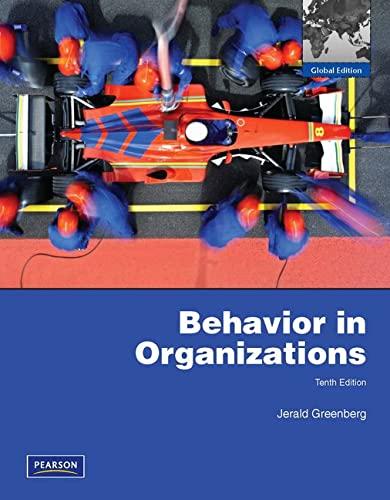Answered step by step
Verified Expert Solution
Question
1 Approved Answer
- 16.4 Using the discussion of Carnot's analysis of ideal heat engines in section 3.2.3, derive the relation presented in section 16.2.4 for p

- 16.4 Using the discussion of Carnot's analysis of ideal heat engines in section 3.2.3, derive the relation presented in section 16.2.4 for p (the ratio of the energy rejected as heat by a thermal power plant directly to the environment compared to the electricity produced, i.e., p = [(1 n)/n], where n is the thermal efficiency of the power plant). Calculate this ratio for biomass-, coal-, and natural-gas-fired combined-cycle plants with thermal effi- ciencies of 30%, 37%, and 55%, respectively. Assuming that the biomass, coal, and gas plants have nameplate generating capacities of 100, 500, and 250 MWe, respectively, calculate the total amount of heat rejected by each of these plants to the environment in one year, assuming their availability factors are 83%, 85%, and 87%, respectively. Recall that 1 MW = 3,413 Btu and that 1 MWth = (1 MWe)/n where the last ratio is also called the plant heat rate. Next, assume that the biomass, coal, and natural gas plants respectively reject their heat at 40, 45, and 50C, and that you have invented a new type of heat engine with the following characteristics: (1) it accepts input heat at the temperature at which a power plant or other source rejects the heat; (2) it exploits that heat to do some work and rejects waste heat at 10C. Calculate the ideal Carnot thermal efficiency of your engine for each of these three temperature cycles, i.e., 4010, 4510, and 50-10C. Assuming 95% of the useful work of your engine can be converted to electricity, calculate the maximum amount of additional electricity in kWh each of these three plants could produce if they had your heat engine connected to their facility, i.e., the amount producible at the Carnot efficiency of your engine.
Step by Step Solution
There are 3 Steps involved in it
Step: 1
To derive the relation for ho 1 etaeta where eta is the thermal efficiency of the power plant we start with Carnots analysis of ideal heat engines The ...
Get Instant Access to Expert-Tailored Solutions
See step-by-step solutions with expert insights and AI powered tools for academic success
Step: 2

Step: 3

Ace Your Homework with AI
Get the answers you need in no time with our AI-driven, step-by-step assistance
Get Started


